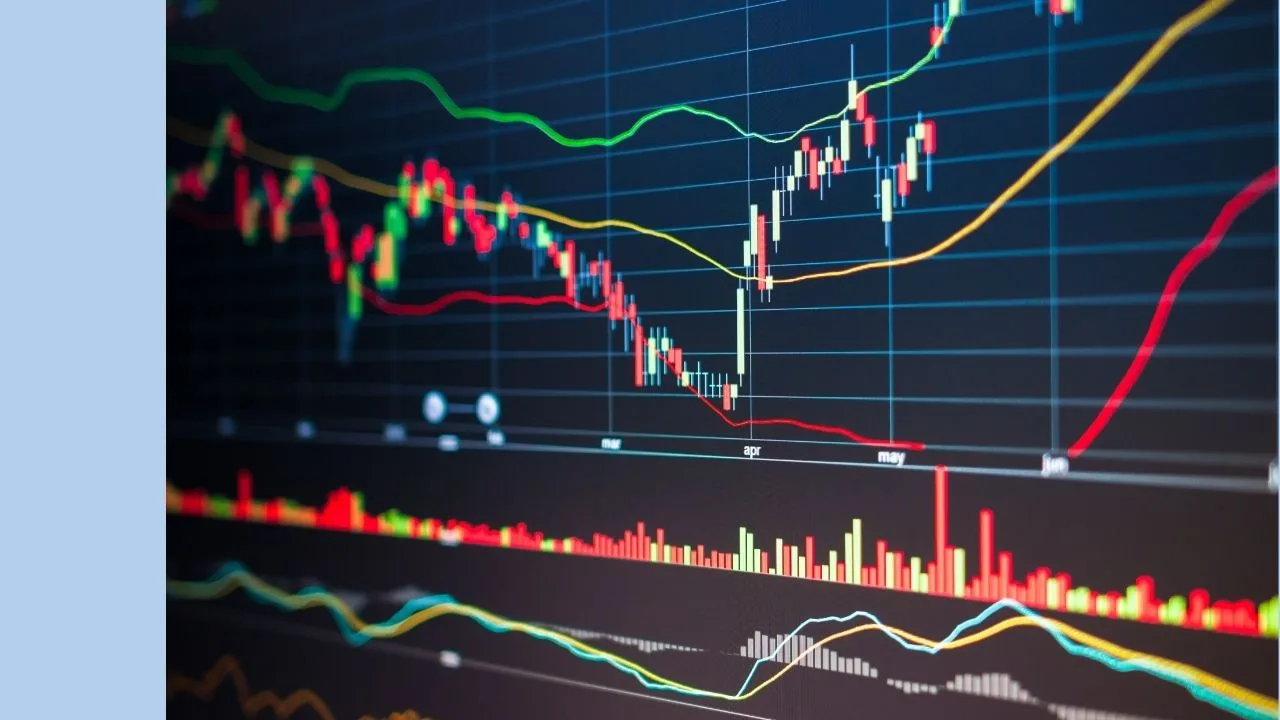New data from the Australian Bureau of Statistics released yesterday show the trend unemployment rate is on the rise and reached 5.3% in July.
This is up from 5.2% in June and 5% only a few months ago.
According to ABS Chief Economist Bruce Hockman, the trend unemployment rate has increased as a result of the trend participation rate increasing.
“The trend participation rate increased further to 66.1%, while employment growth continues to show strength,” he said.
In July, trend monthly employment increased by approximately 24,600 people, with 15,000 of those in full-time work and 9,600 people in part-time work.
In seasonally-adjusted terms, the number of people employed increased by 41,100 in July.
Over the last 12 months, trend employment has actually increased by 2.7% despite the higher trend unemployment rate. This growth is above the long-term average of 2%.
The underemployment rate remained steady at 8.4% in July.
Is Australia Headed For A Recession?
The following snippet comes from Episode 24 of the The Australian Investors Podcast, where macro expert Vimal Gor gives his take on the state of the Australian economy.
What Does This Mean For Investors?
The unemployment rate and wage growth are two important factors to keep track of for ASX investors.
Employment and income levels affect a consumer’s ability to borrow and repay loans, which can impact banks like Commonwealth Bank of Australia (ASX: CBA) and National Australia Bank Ltd (ASX: NAB).
It also has an impact on a consumer’s ability and willingness to pay for discretionary items. This means that companies in the consumer discretionary sector such as Bapcor Ltd (ASX: BAP), Flight Centre Travel Group Ltd (ASX: FLT) and JB Hi-Fi Limited (ASX: JBH) could be affected.
In a broader sense, a high unemployment rate leads to less tax for the Australian government and higher unemployment benefits to be paid. A low unemployment rate can generate additional GDP and stimulate the economy by encouraging higher spending.
What To Look For
I’m not saying that a rate of 5.3% screams “head for the exits”, but the unemployment rate is a number to keep track of, along with wage growth and retail sales, because of the effect it can have on ASX-listed companies and the economy as a whole.
If you’re looking for proven and reliable ASX shares, have a look at the free report below.
[ls_content_block id=”14945″ para=”paragraphs”]
Disclosure: At the time of writing, Max does not own shares in any of the companies mentioned.








